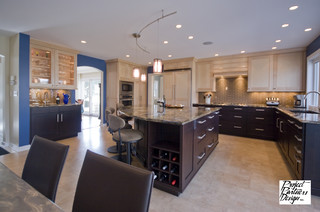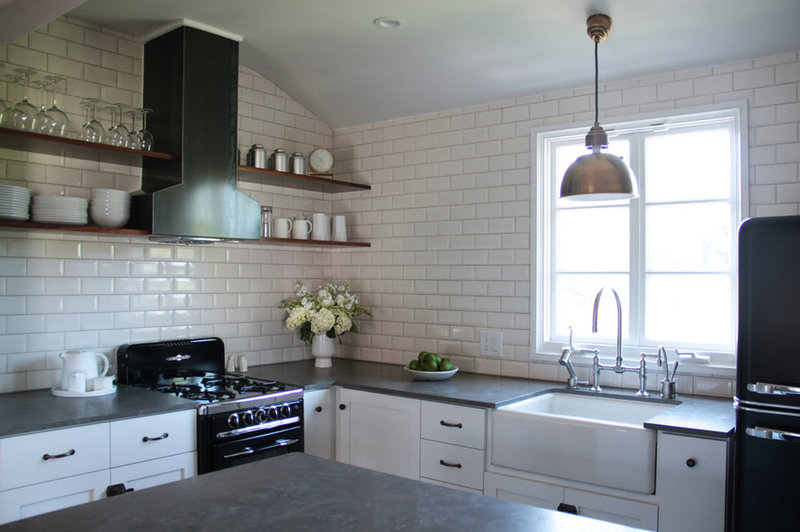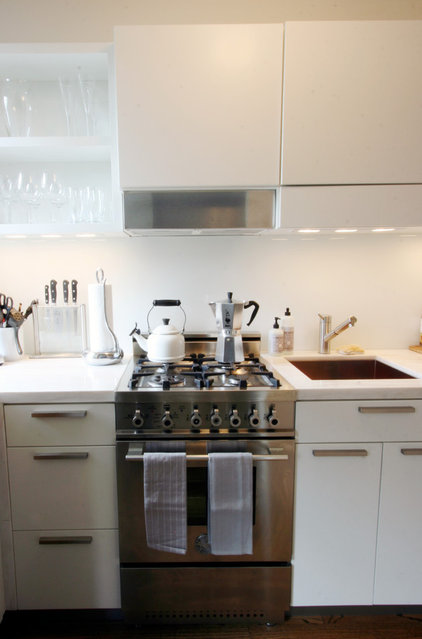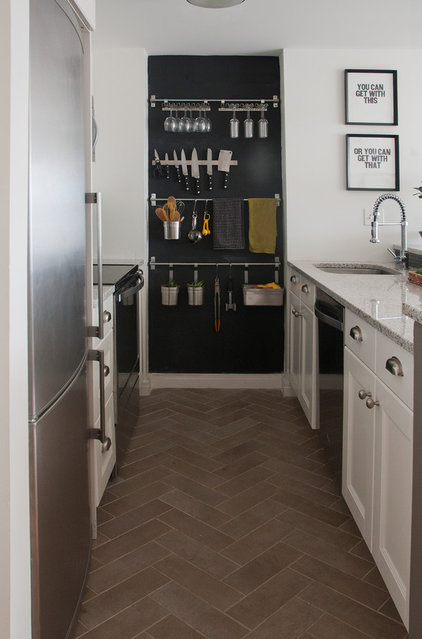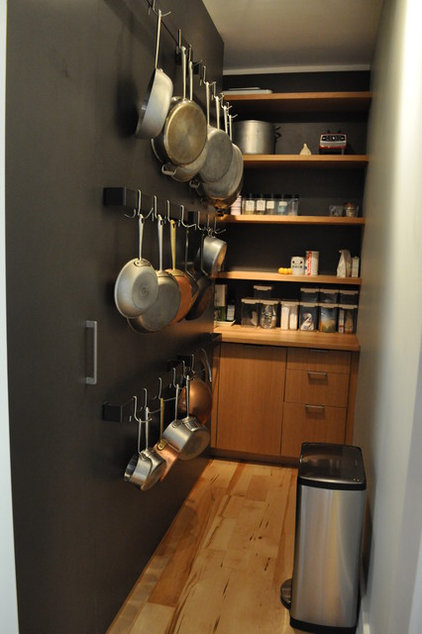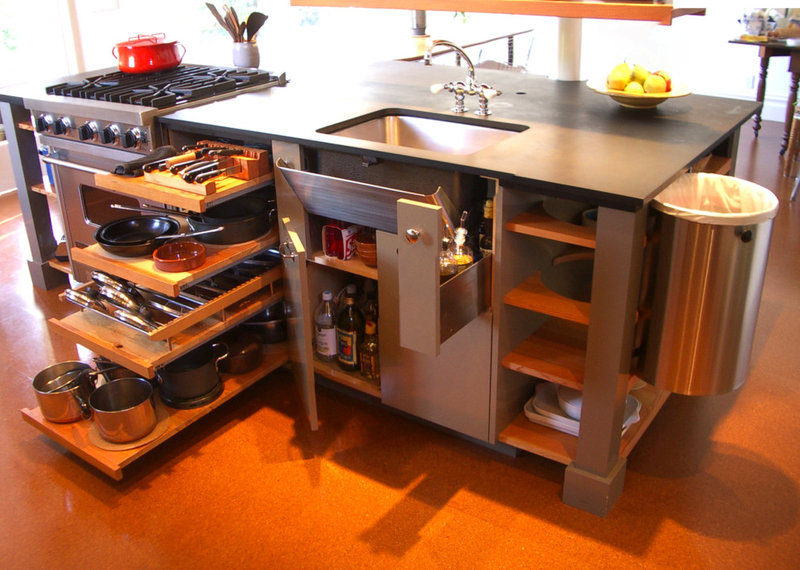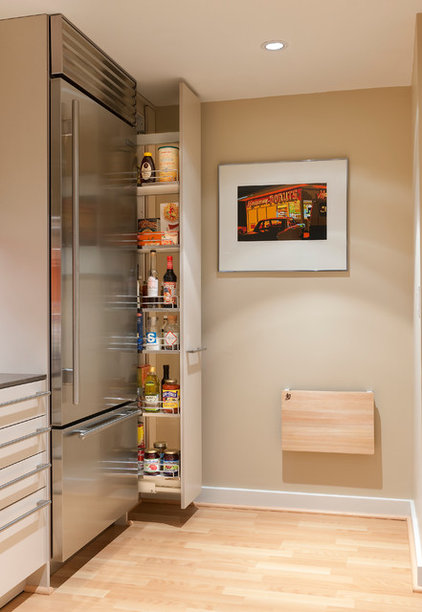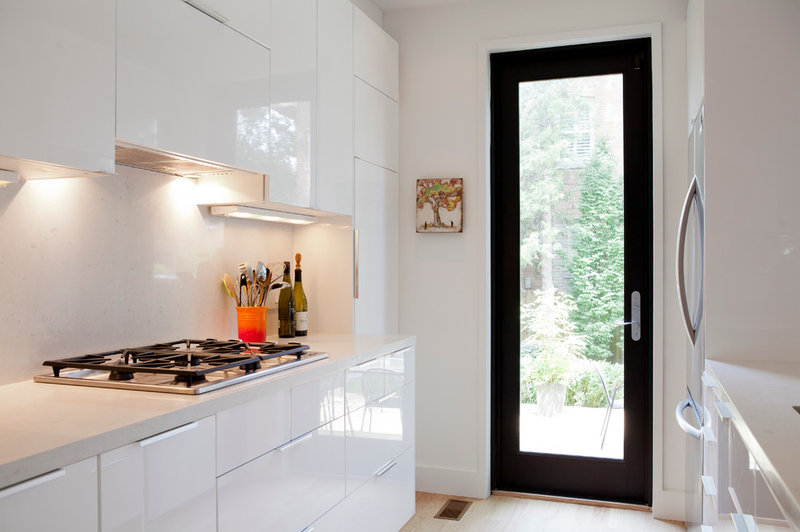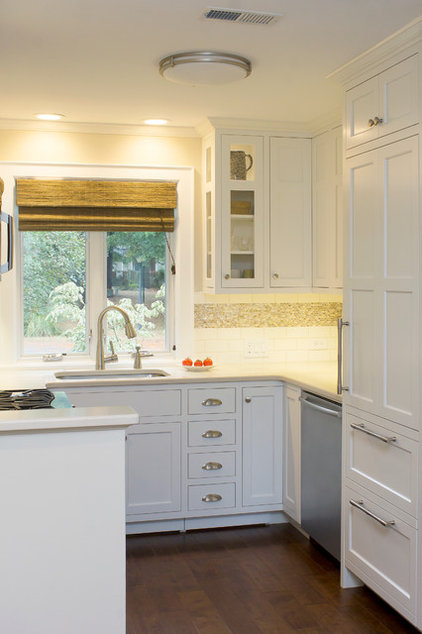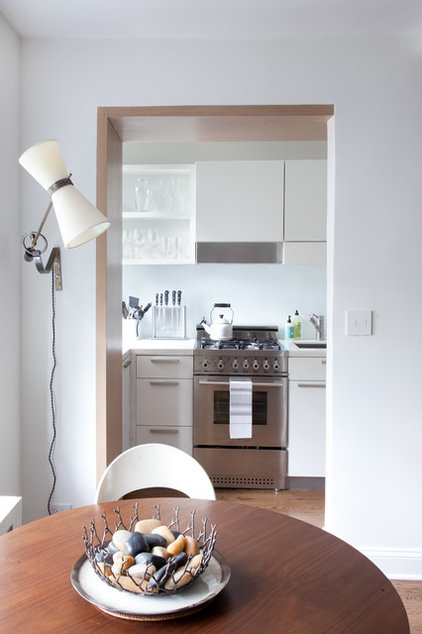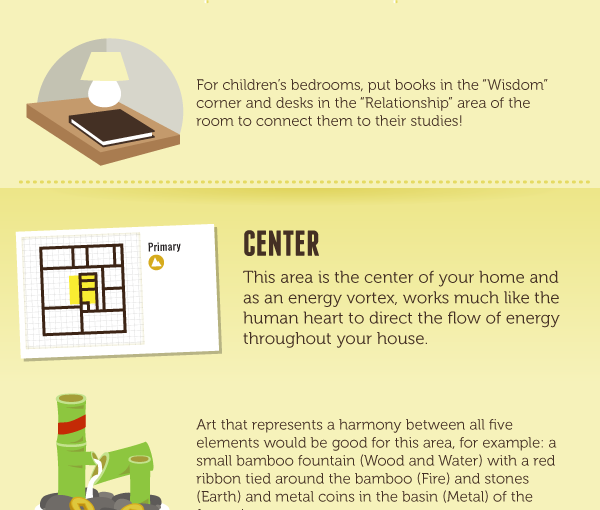Tips to keep your yard pest free in a natural way

Try Scented Traps
A wonderful way to get rid of the insects and bugs is to lure them by something they can’t resist. Insects are usually attracted to mating scents which generate biological indication in them. The traps, usually called pheromones traps, are an effective way to remove the insects from your garden. The pheromones traps are in the shape of a basket and contain a sticky substance inside them which makes the bugs get trapped inside the basket. They contain mating scents, which makes the insects come into the trap and then get stuck there. Always remember to keep these traps on the fence of the garden as these scents attract insects which make them collect at one point, so if that point would be the middle of the garden, then the insects could wreck havoc in the midst of garden itself.
Floating Row Covers
The bedcover of the garden is covered by opaque objects which are light in weight and are usually known as floating row covers. You have these available in the market in the
Row Covers To Protect Your Kitchen Vegetation
If you have cultivated a luscious kitchen garden in your house which has grown abundant in beets, carrots, broccoli, spinach and similar vegetables, then guard against flying insects which are merely looking for an opportunity to sit on these vegetables and lay eggs on them. This condition would surely result into the production of multiple insects and bugs and the consequences could be petrifying for the vegetation of your garden. Put up row covers, which are mainly used to protect seedlings, and keep these menacing creatures away from the plants.
Guard Your Plants By Using Cloche

Colorful and Sticky Traps
These kinds of traps usually come with a sticky substance inside the trap basket and also have a peculiar kind of color. The color of the trap is actually the main factor which
Author Bio:
Bernard Naylor is a Passionate Blogger and Writer. He likes blogging about Home & Garden, Health & Fitness, Online strategies that are related to SEO, Content, PPC & Lead generation.











